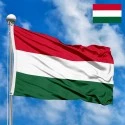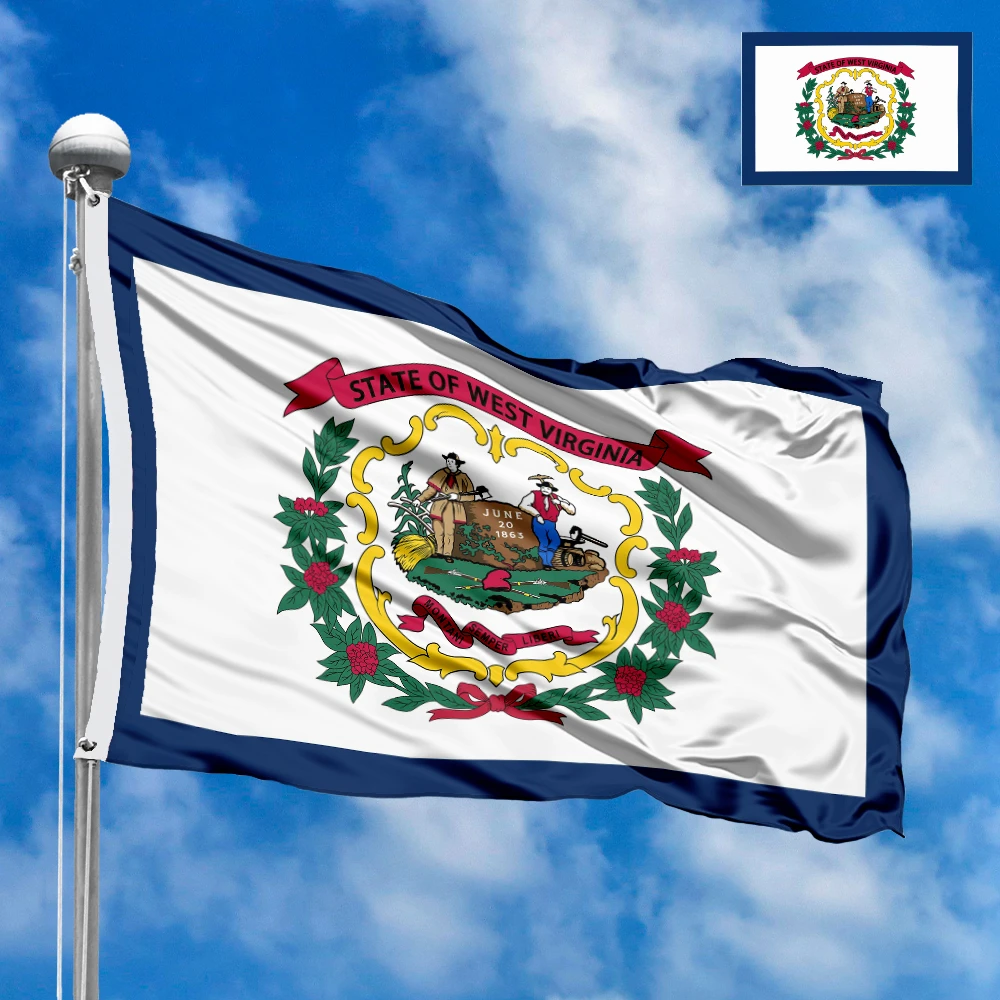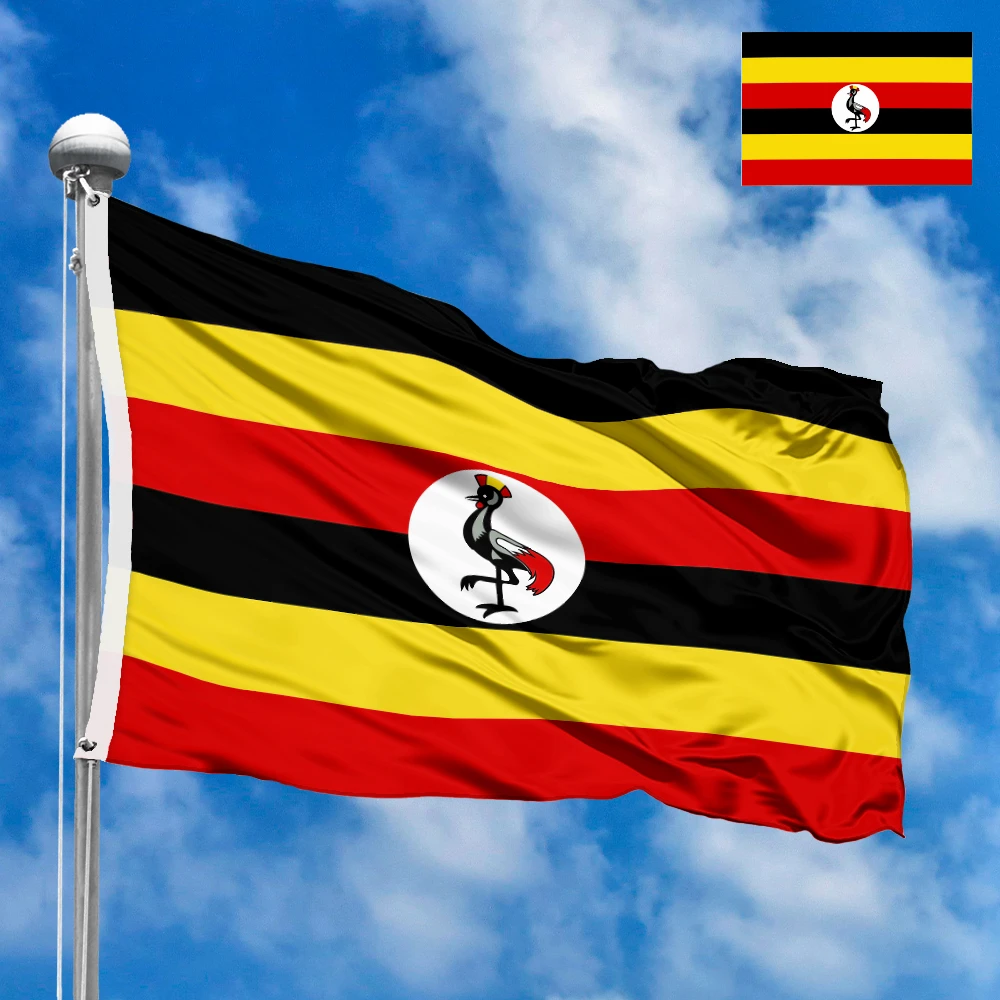The national flag of Hungary is a horizontal tricolor of red, white, and green. This design was officially adopted on October 1, 1957, following its use during the 1848–1849 revolution, with roots stretching back to earlier national symbols. The flag's dimensions are typically in a 1:2 ratio, although historically, variations existed. Each stripe is of equal height.
Colors and Symbolism: The colors of the Hungarian tricolor carry deep historical and national significance:
-
Red (top stripe): Symbolizes strength, sacrifice, and the blood shed for the homeland. It represents the strength and valor of the nation, and the bloodshed for independence.
-
White (middle stripe): Represents faithfulness, purity, peace, and the spiritual grandeur of the nation. It reflects the purity and innocence of Hungary.
-
Green (bottom stripe): Stands for hope, fertility, and the green lands of Hungary. It symbolizes the country's hope for a better future and its fertile territories.
Arrangement of Elements: The simplicity of the Hungarian flag with its horizontal stripes makes its arrangement straightforward: red at the top, white in the middle, and green at the bottom. There are no additional emblems, coats of arms, or specific designs on the current civil and state flag, maintaining a clean and clear representation of the national colors. Historically, the Kossuth coat of arms or other royal coats of arms were sometimes placed in the center, particularly during revolutionary periods or under different political systems. The current, plain tricolor reflects a modern, unified national identity.
History of the Flag's Creation and Adoption: The origins of the modern Hungarian flag can be traced back to the national uprising against Habsburg rule in 1848. Before this, Hungary used various flags, often featuring the coat of arms or a combination of red, white, and green in different arrangements. The tricolor design itself has roots in ancient Hungarian history, with the colors appearing in the royal Hungarian coat of arms as early as the 15th century.
During the 1848 Revolution, the red, white, and green tricolor became the symbol of national sovereignty and independence. It was inspired by the French Revolution's tricolor, signifying republican ideals and popular sovereignty. Although the revolution was suppressed, the tricolor quickly became a deeply ingrained national symbol.
After the Austro-Hungarian Compromise of 1867, the flag of the Kingdom of Hungary maintained the red, white, and green stripes, often incorporating the coat of arms of Hungary. Throughout the 20th century, the flag underwent minor modifications, primarily concerning the central emblem, reflecting changes in the country's political regime (e.g., the removal of the crown under the People's Republic, or the controversial "hole in the flag" during the 1956 revolution when the communist emblem was cut out). The current, simple tricolor was officially reaffirmed in 1957 and solidified after the fall of communism in 1989. Its consistent presence despite political shifts underscores its enduring significance to the Hungarian people.
Interesting Facts:
-
The Hungarian tricolor is similar to the flags of other nations, such as Italy and Mexico (though they are vertical and have different shades/symbols), or Bulgaria (with a different color order).
-
During the 1956 Hungarian Revolution, revolutionaries often cut out the communist coat of arms from the center of the flag, leaving a distinctive "hole" as a powerful symbol of defiance against the Soviet-backed regime. This "holed flag" became an iconic image of the uprising.
-
The exact shade of green used in the flag has varied throughout history and sometimes even in official specifications, leading to subtle differences in manufactured flags.
-
August 20th, St. Stephen's Day, is a major national holiday in Hungary, celebrating the foundation of the state, and the flag is prominently displayed across the country.
Country and Region Context: Hungary (Magyarország) is a landlocked country in Central Europe. Its flag stands as a testament to centuries of struggle for independence and self-determination against various foreign powers, including the Ottoman Empire and the Habsburg Monarchy. The flag represents the Hungarian nation's resilience and enduring cultural identity within the broader European context. It is flown proudly on national holidays, at official buildings, and by citizens to express patriotism and national pride.
In the demonstration images, full-size flags are shown with proportions of 2:3, and hand-held flags with proportions of 1:2.










 Vector files 2:3, 1:2
Vector files 2:3, 1:2
 Waving flag
Waving flag
 Sizes:
Sizes:
 Round flag
Round flag
 Sizes:
Sizes:
 Sizes:
Sizes: